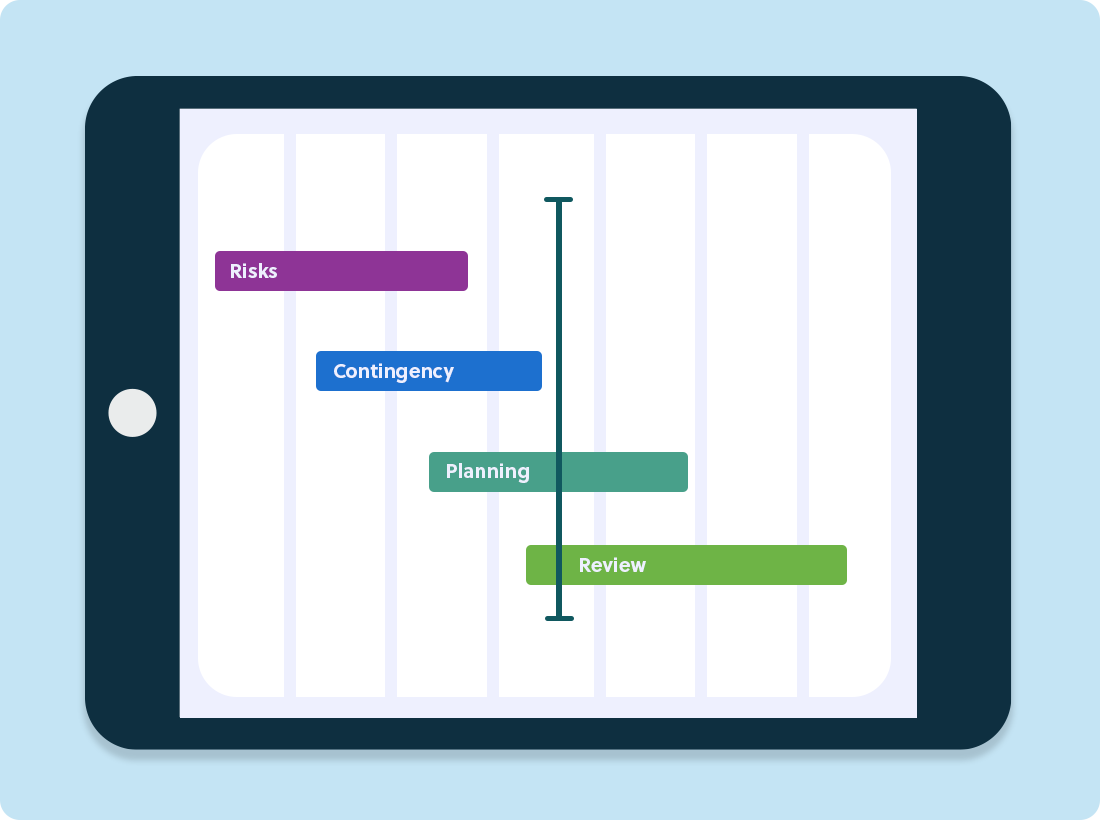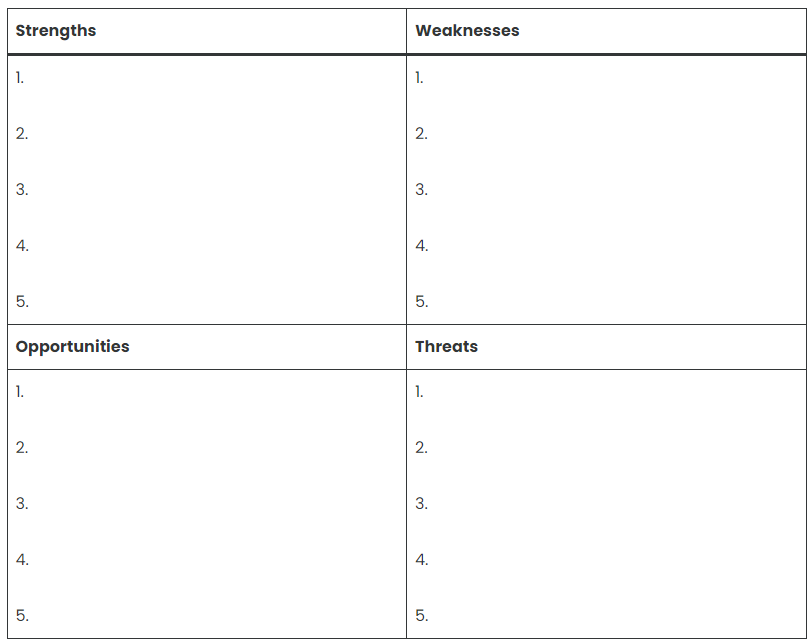Master your projects: Essential tips for success and why a Plan B matters
Ingredients for success
Author: Mădălina Avram, Professional Services Consultant, Inisoft
Embarking on a new project often brings a sense of excitement and anticipation, but also a dose of realism. Experienced project managers understand that unexpected challenges and changes are inevitable. That’s why planning for contingencies is crucial for successful project implementation. However, beyond the obvious need for a project plan, a successful customer implementation also depends on analysis, communication, and relationships.
1. Don’t just define an MVP, understand why you need an MVP
The Minimum Viable Product (“MVP”) is a foundational concept in project management, especially in Agile environments. It’s the version of a product defined by the stakeholders (with help from the project manager) as enough, allowing the bells and whistles to be delivered at a later date. However, simply defining an MVP isn’t sufficient.

Understanding why you need an MVP is equally important. Consider the following:
- Clear value proposition: An MVP should clearly demonstrate the core value proposition of your product or service. What problem does it solve, and how does it make the user’s life better?
Tip: Make sure that all MVP items adhere to the S.M.A.R.T. (Specific, Measurable, Achievable, Relevant, Time-bound) criteria.
- Prioritisation: Defining an MVP forces you to prioritise features and functionalities. It helps focus on what’s essential to get the product over the line.
- Flexibility: Knowing the reasoning behind the MVP and being in touch with customer needs are the main ingredients for maintaining flexibility in your project plan – allowing you to make informed decisions when presented with scope-creep rather than genuine changes.
2. Communicate with the stakeholder and maintain transparency
As you will know, stakeholders are individuals or groups who have an interest in the project’s outcome. They can include clients, end-users, team members, and even senior management. Effective communication with stakeholders ultimately builds trust and creates a strong project delivery team.

- Regular updates: Provide stakeholders with regular updates on project progress, milestones achieved, and any potential risks or challenges.
- Open communication channels: Establish clear channels for communication, such as regular meetings, email updates, or project management tools.
- Address concerns proactively: If stakeholders raise concerns or questions, address them promptly and transparently.
- Manage expectations: Ensure stakeholders have realistic expectations about the project timeline, budget, and deliverables.
3. Define a Plan B, C and learn the alphabet
While having a Plan A is essential, it’s arguably more important to consider a Plan B. A backup plan demonstrates a proactive approach to risk management and a willingness to adapt to unforeseen circumstances.

Together with a strong, trusting, relationship, the following can help put together a plan to best deal with unwanted surprises:
- Identify potential risks: Conduct a thorough risk assessment to identify potential risks that could impact the project. Consider both internal and external factors.
Tip: Don’t forget about one of the most powerful analysis tools – SWOT. Take the time to identify the Strengths, Weaknesses, Opportunities and Threats of the Project in order to outline the Project Risks. Use a grid like the below in workshop-style sessions:

Source: https://project-management.com/swot-analysis/
- Develop contingency plans: For each identified risk, develop a contingency plan outlining how you would respond if the risk materialised.
- Scenario planning: Consider different scenarios that could impact the project and develop alternative plans accordingly.
- Regularly review and update: Contingency plans should be reviewed and updated regularly to ensure they remain relevant and effective.
We hope you’ve found our tips on project implementation useful. Remember, your plan needs a firm foundation, clear definitions, regular communication with the project stakeholders and a contingency plan.
Understanding why the product you’re working on is needed, building a relationship with the Stakeholders and taking a proactive approach to risk management can help navigate the unpredictable project landscape and increase your chances of success. Even the best-laid plans can go awry, but with careful preparation and a willingness to adapt, you can overcome challenges and deliver successful projects.
About the author
Mădălina Avram is a professional services consultant at Inisoft in the Client Services division, with over eight years of experience in business analysis and technology consulting. An active volleyball player, Mădălina speaks several languages and is passionate about mathematics.
You might also be interested in...
Find a solution that’s right for your business
We've resolved all kinds of contact centre operational challenges for various sizes of organisations across key industries around the world. Take a look at how we've helped different companies achieve their customer engagement objectives.
Our SolutionsCustomer support hub
Need some help with Syntelate XA? Explore our docs, videos and guides, or raise a support ticket for urgent assistance.
Customer Support